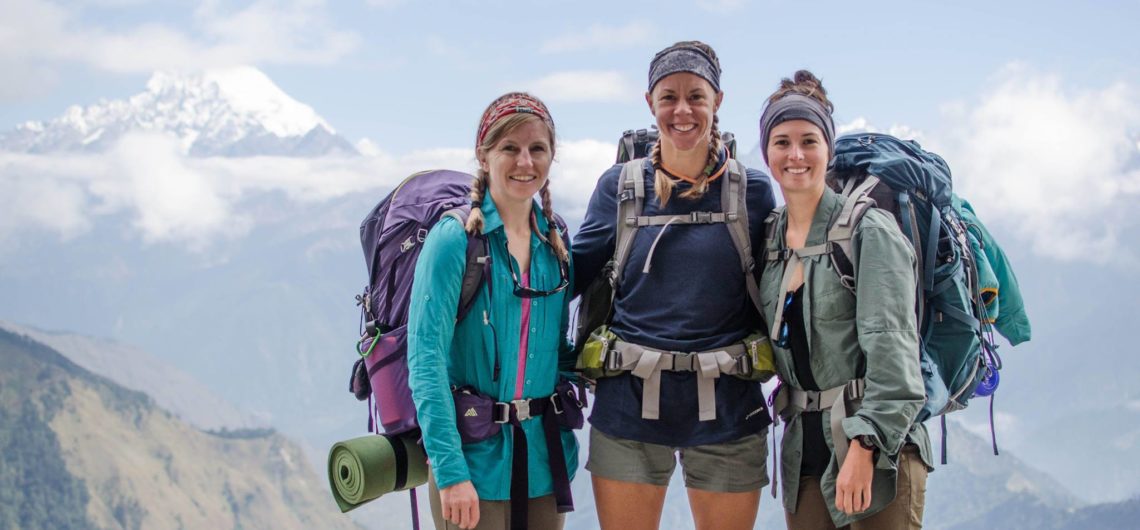Whether you hire a trekking guide through an agency or find an independent guide, it’s important to ask the guide – and yourself – the right questions. You will be spending days or weeks with this person and potentially paying them a lot of money. Make sure you’ve got the right guide for your journey!.
Trekking in Nepal is beautiful and for the most part, it is not too strenuous, but it is also not easy. The endless stone steps to climb and descend, the temperamental weather, the thin air at altitude and the long days on your feet can all wear on your psyche. A good guide will keep your spirits up, distracting you with cultural facts, suggesting you stop for a hot cup of tea, telling jokes, or pointing out a beautiful waterfall you might have missed while staring at your boots.
Most trekking routes in Nepal are fairly easy to follow. If you’re not sure, you can always ask locals or other trekkers which way to go. Therefore, navigation isn’t the main reason to hire a trekking guide in Nepal. But, there can be confusing places with unsigned junctions or areas where new roads have been constructed overtop of trekking routes and your guide can help with that. On my trek, we did meet a couple of trekkers that trekked an extra hour downhill by accident, then had to come all the way back up… in the pouring rain. Oops!
Low Cost to You
Hiring a trekking guide in Nepal might sound expensive, but it is actually really cheap for Westerners. The daily rate (as of fall 2016) for a certified trekking guide in Nepal is around $30-40USD (plus tips of course). If you split the cost between a couple people, it’s about the price of a fast food meal back home. From what I can tell, the guides are paid fairly and working as a trekking guide is a well-paying job. Unemployment and poverty are high in Nepal and many men leave Nepal for the Persian Gulf or South East Asia where they work as labourers, sending money home to their families that they can’t afford to fly back to visit. By hiring a trekking guide in Nepal, you help provide important jobs for Nepalis that keep them closer to their families.
Tourism is Nepal’s largest economic sector. However, the 2015 earthquakes have scared many tourists away from Nepal. The earthquake damaged some of the cultural sites and a few trekking routes, but the majority of the trekking routes (including the Annapurna Base Camp route that I trekked) were largely unaffected. The tourism industry in Nepal is suffering and one of the best things you can do to help Nepal recover is to go visit and spend your money at local businesses, including trekking agencies.

